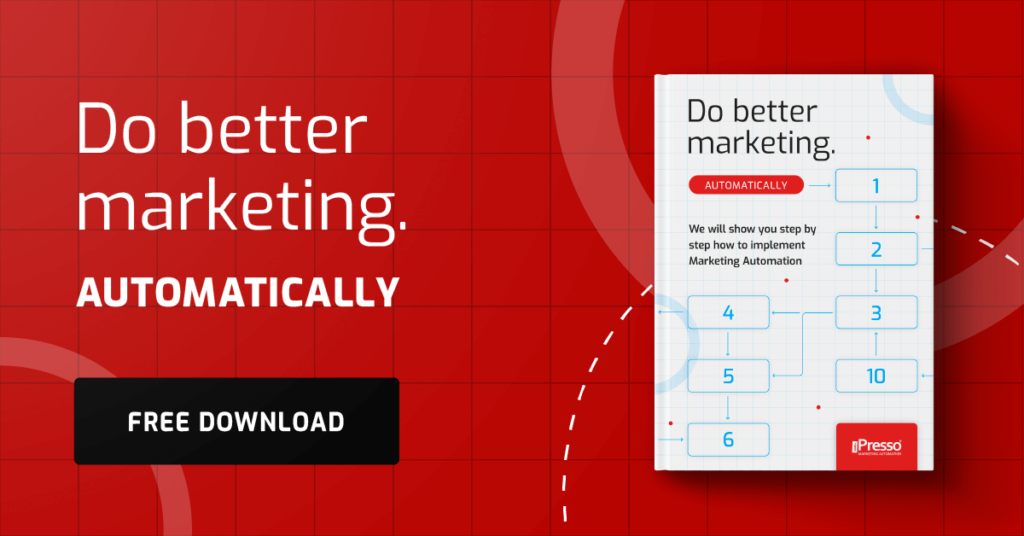Transactional or marketing – how not to confuse these types of messages?

Certainly not every customer in your database has marketing consents. Do you know what kind of emails you can send to someone like that? When creating marketing campaigns, you must follow the rules and respect the choice to refuse consent. Sending a marketing email without permission can expose you to unpleasant consequences. On the other hand, after all, you can’t leave a user without keeping them updated on the status of their completed order, which is what transactional emails are for. Wondering how to distinguish between types of messages and send them to the right groups? We will dispel your doubts!
What’s the difference between transactional and marketing emails
For contacts who haven’t given any marketing consent, you have to somehow communicate the most important information about the products you’ve ordered or inform them about the delivery date. Throughout the transaction process, transactional emails come to customers (as the name suggests). These are automatic messages that are sent immediately after some action triggered by the customer. Their main purpose is not to promote the company’s services and goods (typical of marketing messages). Unlike marketing messages, usually the recipient expects a transactional email. Imagine that someone wants to reset his password. Would you send him a marketing email about it? Of course not, because here the person just wants to receive a link to enable the reset, not dig through unnecessary ads. Transactional messages you will send to anyone who uses your services, because he agrees to this type of notification. Their important feature is to reach the recipient in real time. It is known that no one is going to wait several days to confirm payment or receive a link with order tracking. Transaction emails are read by most recipients.
The issue of marketing emails is quite different. Here you must have the appropriate consents obtained from the contact, and include in each message the option to unsubscribe from receiving advertising content. You decide when this type of message will reach the recipient. It doesn’t have to be sent immediately after a certain activity. Marketing messages encourage customers to use your services. In them you can add all sorts of product recommendations, links to your blog, buttons to go to a specific product or category page, and much more. Marketing emails can have dynamically changing content depending on the recipient, so that customer X will see a different advertised product than user Y.
Examples of transactional emails
- Order Confirmation – you will provide a tracking link, information about the purchased products, or the expected delivery date.
- Account activation information – after the first registration, you will set up the sending of the appropriate message confirming the correct activation. Some companies ask you to confirm again, for example, by clicking on the link provided.
- Receipt of payment – when choosing to pay for an online order, the customer should get the right information that the payment has been accepted.
- Sending a digital product – when buying virtual products (such as games, online courses), the customer will gain access to them through a special transactional email, e.g. with a unique link or code.
- Notification of delayed shipment or shortage of goods – if you have difficulties in fulfilling an order, you need to inform the customer about it, and you will do it through transactional emails.
- Newsletter signup or cancellation – similar to account registration confirmation, you also need to send the recipient a message regarding newsletter signup, as well as confirm their decision to cancel.
- Refunding an order – in case, for example, you run out of some of the goods, you have to refund the user who paid for it online. You will inform him of this in the relevant transaction email.
- Issuing an invoice – the customer will learn about all invoices from the transactional emails you have prepared.
Examples of marketing emails
- Advertising a new collection – if you are launching new products, you will definitely send out relevant marketing emails to users.
- Recommending products similar to those recently browsed – by analyzing the user’s actions, the system can suggest the best suited offers to the user, which you will show in the email you send.
- Information about seasonal discounts – you will advertise all sales, promotions and super deals through marketing emails.
- Sending newsletters – you will create messages with additional information and educational content for interested recipients.
- Invitation to a webinar – you will send out marketing emails encouraging people to attend a webinar.
- Notification of the start of pre-sales – you will inform loyal customers that pre-sales are starting and they can purchase the latest products before they are available to the general public.
- Suggesting best-selling deals in a category – you will send emails advertising the most popular products.
- Promoting a starting lottery – you will encourage customers to participate in the lottery you are organizing.
How to deal with a large number of messages of different types?
We know that with a large contact base, it’s hard to control which email you should send to whom. Fortunately, there is marketing automation to help you get it all under control. In iPresso, you can manage all kinds of consents in the Consent Manager. You’ll sort out which contacts can only receive transactional emails, and specify groups that have additional marketing consents. We recommend sending particular types of messages from different domains. This way you will separate transactional and marketing emails and reduce the risk of error. Marketing email from the domain marketing@yourwebsite.com also looks much more professional.
Summary
Both transactional and marketing emails are needed to communicate with the customer. For all contacts you will send messages such as confirmation of an order, notification of a delay in shipment or information about account activation. For advertising new goods and various promotions, you must have the appropriate marketing approvals. It’s best to send emails from different domains that specifically target marketing emails, for example.
Whether you need to send transactional or marketing emails, iPresso will certainly come in handy to automate your activities! Click here and we will contact you immediately and help you select the appropriate functionalities.



